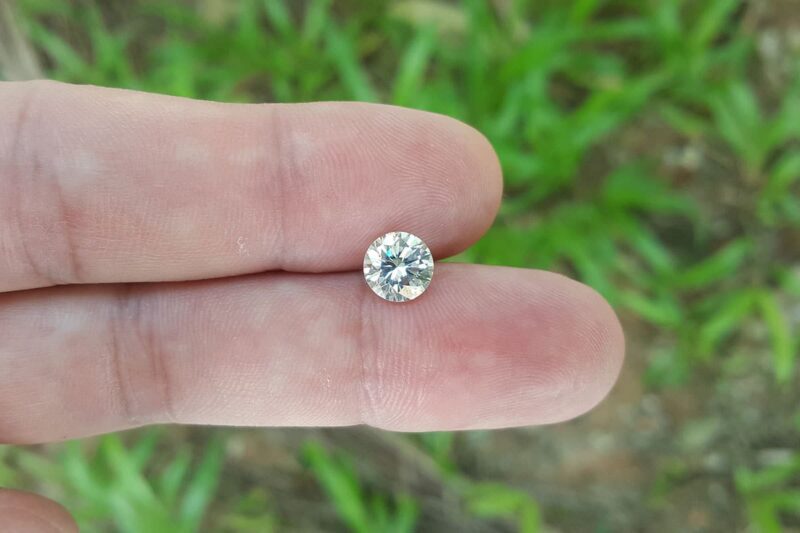The world of science is constantly evolving, and discoveries are being made every day. One such discovery is Moissanite, a material with fascinating properties that have enabled its use in educational settings. In this article, we will explore the science behind Moissanite and discuss how it can be used to enhance students’ learning experiences.
Well, look at the history of the material, its physical characteristics, and potential applications in education, as well as examine some of the challenges associated with using it in classrooms.
Through our exploration of these topics, we hope to provide readers with an understanding of moissanite diamond and how they can be applied for educational benefit.
Introduction to Moissanite

Moissanite is a unique and fascinating form of the mineral. It was discovered in 1893 by Henri Moissan, who studied the impact of meteorites on Earth’s surface. Since then, it has been used for a wide variety of applications ranging from jewelry to industrial uses. In recent years, its use as an educational tool has grown significantly due to its unique properties.
This article will provide an introduction to moissanite and discuss how it can be used in classrooms for learning about the scientific world around us. Moissanite is composed primarily of silicon carbide, which makes it extremely hard and durable yet still lightweight enough to be easily manipulated by students during experiments or demonstrations .
Its heat resistance also makes it ideal for various classroom activities such as flame tests or melting point experiments; this means that students can safely explore these concepts without worrying about damaging any equipment or materials. Moreover, moissanite’s optical qualities make them perfect for exploring light reflection and refraction through prisms and lenses – something that would otherwise require expensive lab equipment.
Finally, its ability to conduct electricity with very low voltage makes it suitable for teaching electrical engineering principles while providing safety guarantees at the same time – all without having access to expensive equipment found in professional labs!
In conclusion, moissanite offers many advantages when compared to traditional materials used in education settings: not only does it have great durability but also comes with excellent optical qualities; further adding value by being able to conduct electricity even at low voltages provides an opportunity for teachers across different disciplines (physics/chemistry/electrical engineering, etc.)to expand their curriculum options within their classrooms.
As more educators are embracing this new technology into their lesson plans, the potential applications of moissanite continue growing every day – making this mineral a valuable asset both inside and outside the classroom walls!
Properties of Moissanite
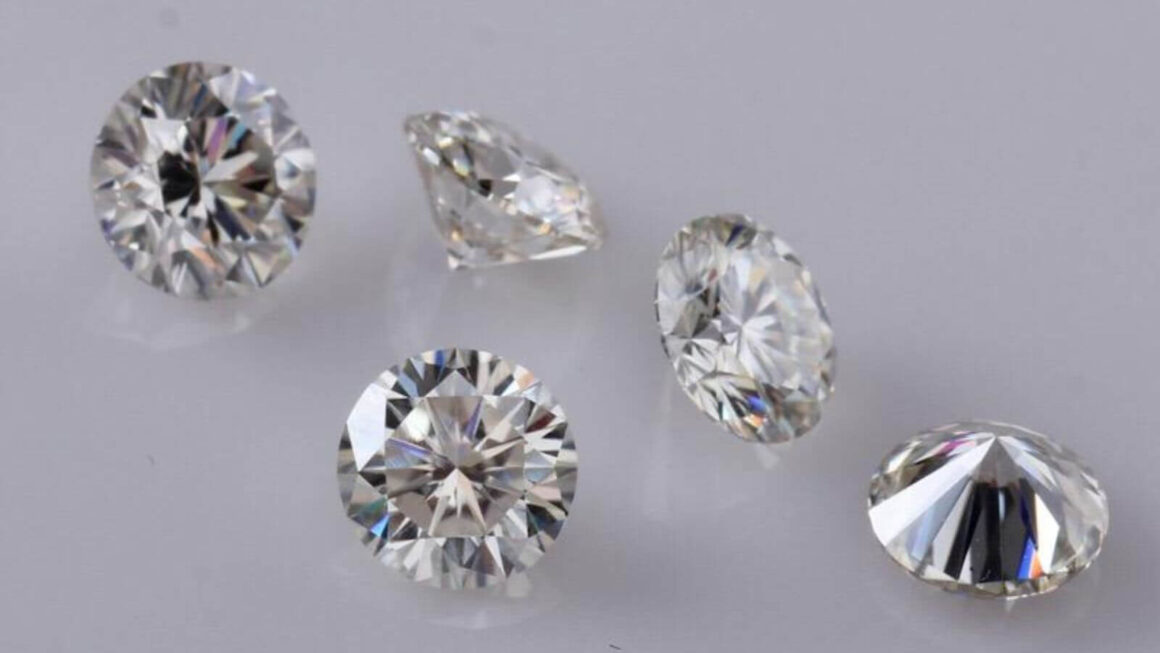
Moissanite is a mineral composed of silicon carbide, with the chemical formula SiC. It is renowned for its remarkable hardness, fire, and brilliance when cut into facets or polished to perfection. Moissanite has several properties that make it an ideal choice for use in multiple applications. These include:
- High thermal conductivity: Moissanite has a much higher thermal conductivity than diamond, making it suitable for use in high-temperature applications such as jewelry and electrical components.
- High refractive index: The refractive index of moissanite is also higher than that of diamond, which means light entering the gemstone experiences more reflection and scintillation—creating extra sparkle and fire when viewed from different angles.
- Durability: Moissanite boasts superior durability compared to other gemstones due to its low porosity and toughness; this makes it resistant to scratches, chips, or cracks over time.
- Versatility: As mentioned above, moissanite can be used for both decorative purposes (e.g., jewelry pieces), as well as practical ones (e.g., electronic components). Its colorless hue also adds versatility since it can complement any outfit or style without clashing with existing colors or designs.
Applications of Moissanite in Education
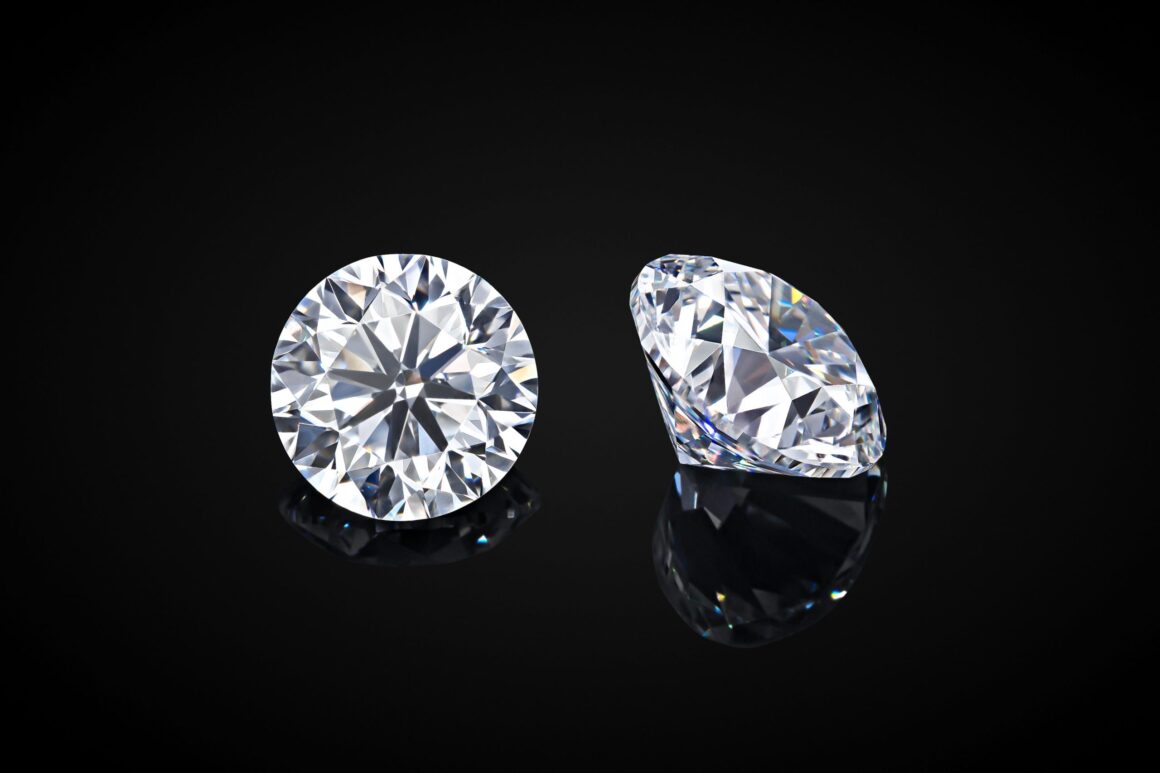
Moissanite is becoming a useful tool in education due to its unique properties. In the classroom, it can be used to teach students about physics and optics. For example, moissanites’ optical characteristics such as refraction and total internal reflection can be studied by using an electron microscope or spectrometer.
Additionally, because of its hardness and durability, moissanite is often used in educational demonstrations of materials science.
Moissanite has even been shown to improve student engagement during lectures with interactive presentations that include videos or live demonstrations of the effects created by light reflecting off of moissanite crystals.
Furthermore, teachers have found that students are more likely to take interest in their lessons when they involve physical objects like moissanite stones which they can see and touch for themselves.
Finally, many schools are now incorporating moissanite stones into chemistry labs where students can observe reactions between different chemicals applied directly onto the surface of a cut piece of moissanite crystal
Benefits for Students and Educators
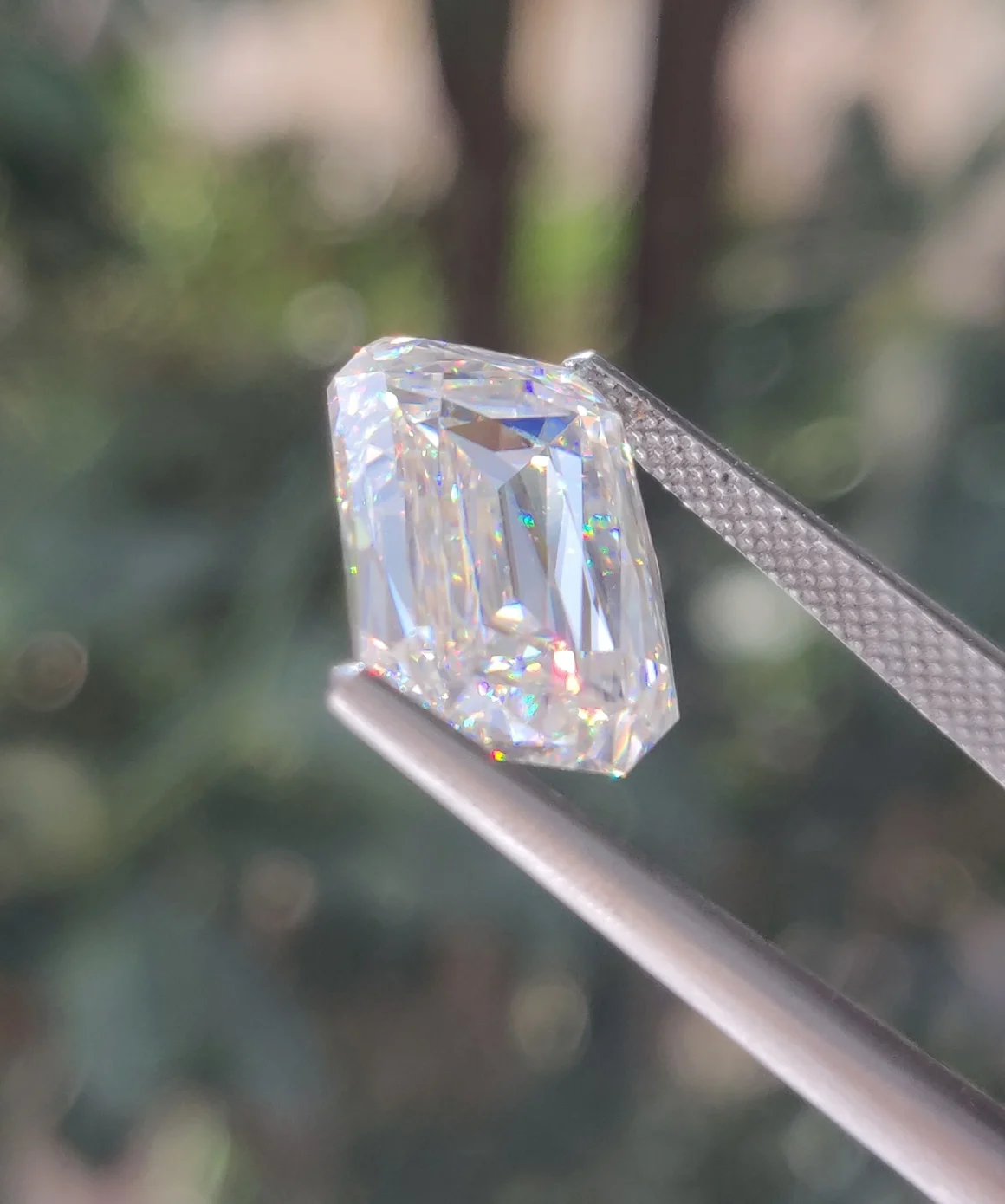
Moissanite has been used in the lab for decades, but it is only recently that its educational applications have become more widely known. Students and educators alike can benefit from using Moissanite in their studies and research.
For students, Moissanite offers a unique way to learn about science and engineering principles such as optics, photonics, quantum mechanics, and thermodynamics. With the help of this versatile gemstone, they can gain practical knowledge by conducting experiments on materials properties or energy conversion processes.
Educators are also able to take advantage of the material’s many capabilities in teaching courses related to physics or chemistry with real-time demonstrations or hands-on activities.
In addition, instructors can use Moissanite as a tool to explain complex topics such as crystallography or thermoelectricity through visual simulations that bring abstract concepts into focus.
Ultimately, both students and educators will find great value in exploring all that this remarkable stone has to offer for educational purposes.
Conclusion
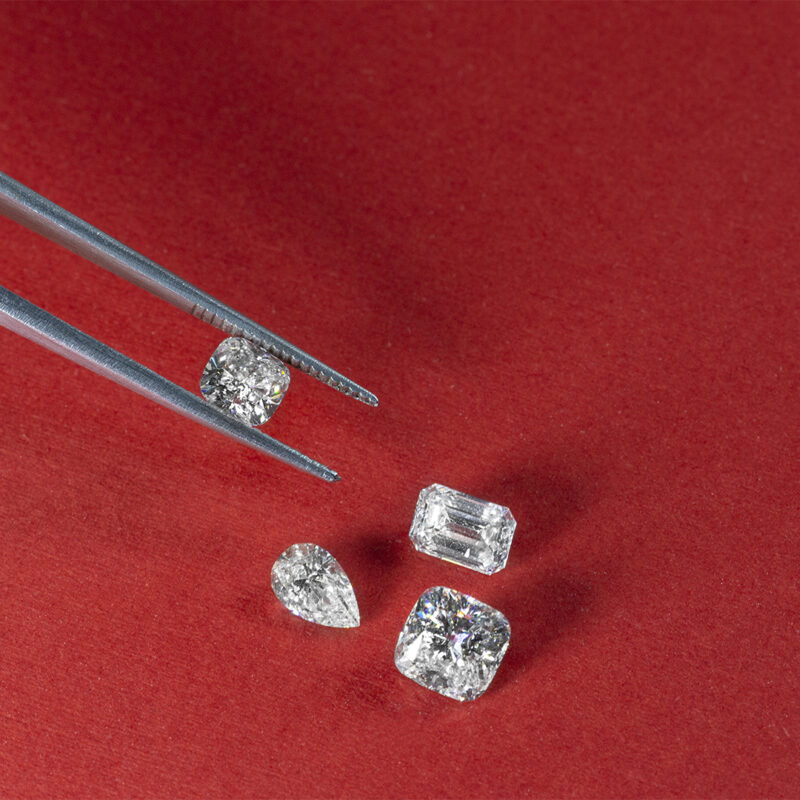
In conclusion, Moissanite has been an incredibly useful tool in the development of education. It has enabled researchers to explore new possibilities and apply them to a variety of educational contexts.
The science behind Moissanite is complex, yet its implications for education are clear; it provides students with greater access to knowledge than ever before. As technology advances, so too does the potential for Moissanite application within classrooms around the world.
Ultimately, this demonstrates that through innovative technologies such as Moissanite, educators can create more engaging learning experiences that better equip their students with 21st-century skillsets and critical thinking abilities.
